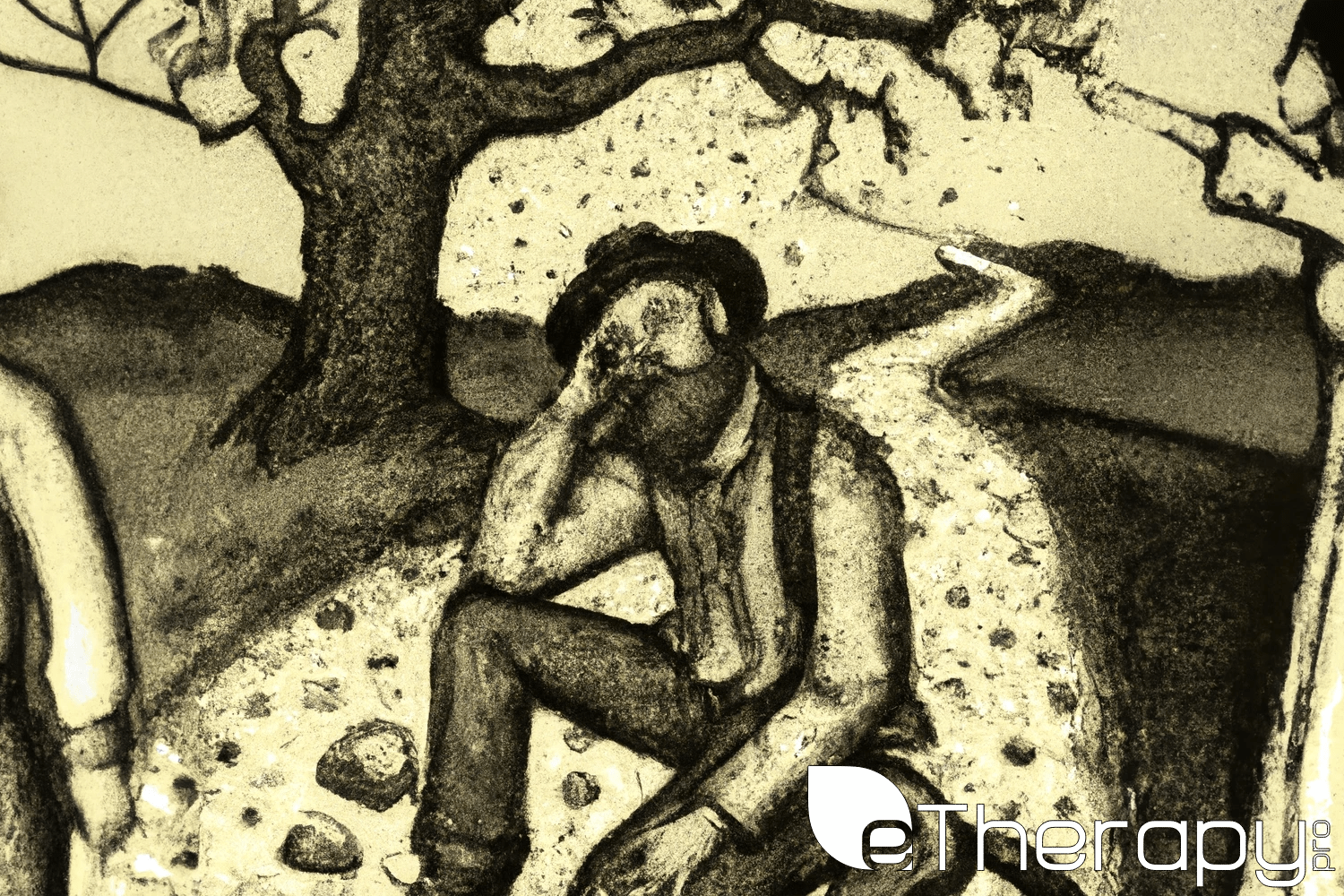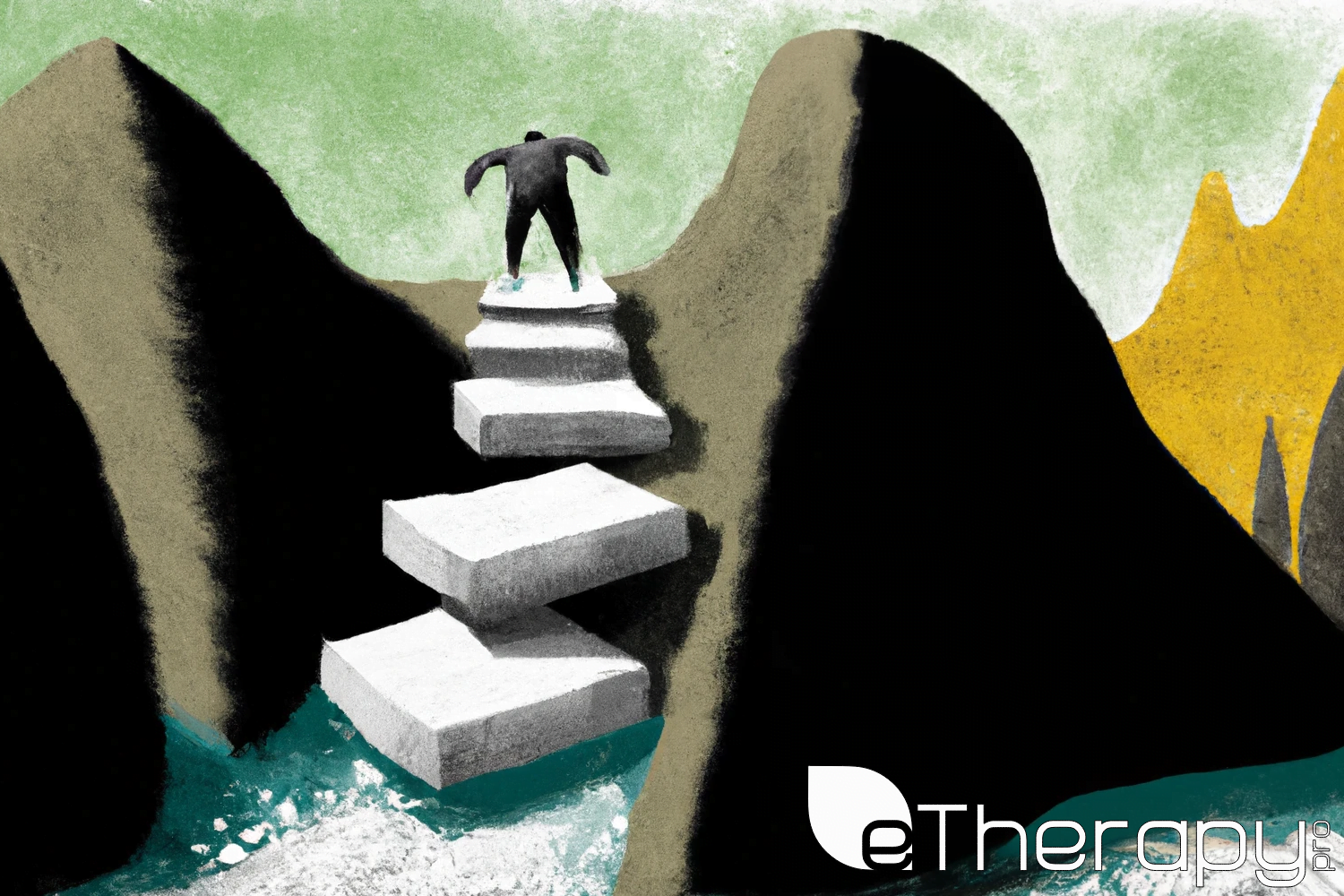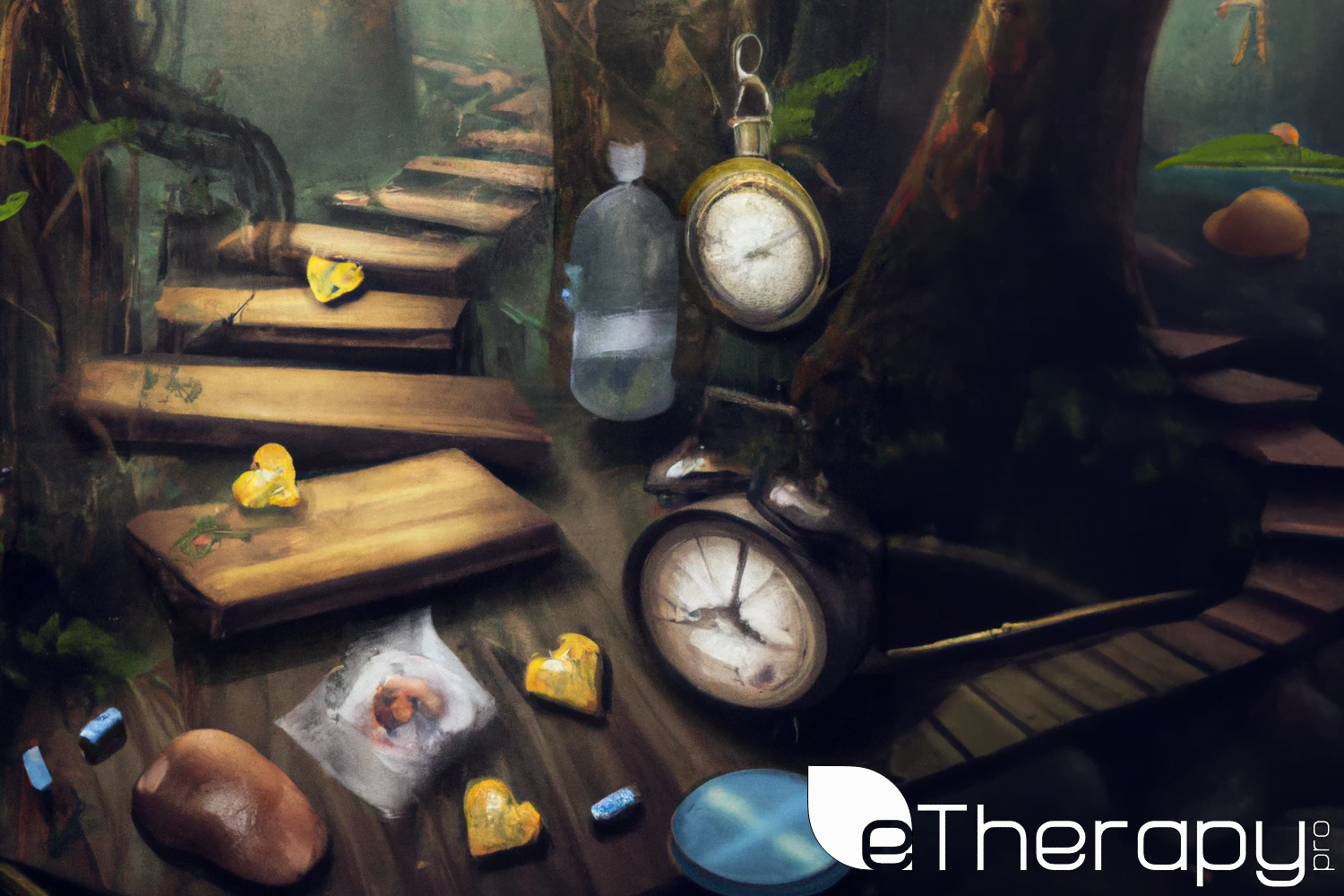 You know those well-worn sneakers you can’t let go of? They’re your cozy default, much like many comforts in life. Yet, remember the thrill of trying on a new pair and the surprising joy they brought? That’s the magic outside the comfort zone.
You know those well-worn sneakers you can’t let go of? They’re your cozy default, much like many comforts in life. Yet, remember the thrill of trying on a new pair and the surprising joy they brought? That’s the magic outside the comfort zone.
From toddlerhood, we’re drawn to familiarity—our treasured toys and routines, safeguarding us. It’s our mind’s way of signaling safety in the known. But life’s dance floor beckons with shiny new shoes. So, while those old sneakers have their charm, why not occasionally tap to a new rhythm? Who knows, the next dance could become your new favorite.
The Cozy Blanket of Comfort Zone – Our Personal Happy Places
We all have them—those little sanctuaries that feel as warm as a grandma’s hug. Maybe it’s that corner café with the barista who knows your order by heart. Or that playlist you’ve played a million times but can’t get enough of. It’s like that pair of pajamas you wear on a lazy Sunday. Comfortable, reassuring, and just a tad bit nostalgic.
Why We’re Creatures of Habit
Our brains are nifty little machines that love patterns. Ever noticed how you automatically reach for the toothpaste even when you’re half asleep? Or how you instinctively know the exact amount of sugar for your morning tea? That’s your brain at work, running on its autopilot mode.
From the perspective of evolutionary psychology, our ancestors relied on recognized patterns for survival. That rustling in the bushes? It could be a predator. Better stay in the familiar territory where it’s safe! While we aren’t dodging saber-toothed tigers in our daily lives anymore, our brain still clings to the familiar. And honestly, who can blame it? The familiar is predictable. Predictable is good. Predictable means no unexpected saber-toothed surprises.
Peeking Outside That Blanket (It’s Not So Scary!)
Life begins at the end of your comfort zone. – Neale Donald Walsch
Stepping out of our comfort zones can feel a bit like opening a door to an unknown room. The first step is always the hardest, filled with hesitation. But once you muster the courage, the experience can be genuinely transformative. Let’s delve deeper into why and how.
Why Stepping Out is Worth the Risk
Remember when you were a kid, and adults seemed like they had it all figured out? They’d tell you, “One day, when you’re older, you’ll understand.” And boy, were they right (even if we hate to admit it!). Just as we’ve matured and grown in other aspects of life, our approach to comfort zones deserves some growth too.
Life outside your comfort zone isn’t necessarily about bungee jumping or trying exotic foods that make your taste buds protest. It’s more about embracing new experiences, no matter how small. Maybe it’s joining a new fitness class, reading a different genre of book, or even striking up a conversation with a stranger. Each new experience provides a unique opportunity to learn and grow.
The Learning Curve
Every new experience comes with its learning curve. It’s like starting a new job or hobby – at first, it can be intimidating and maybe even a bit confusing. But with time, patience, and persistence, you begin to find your rhythm. And trust us, there’s no better feeling than mastering something that once felt so foreign.
Discovering New Dimensions of Yourself
Beyond just gaining new skills or knowledge, stepping outside your comfort zone can help you discover parts of yourself you never knew existed. Maybe you have a hidden talent for painting, a passion for rock climbing, or a knack for public speaking. By challenging yourself, you get a chance to meet a more versatile, resilient version of you.
Building Resilience and Boosting Confidence
Facing fears and trying new things builds resilience. Each time you overcome a challenge or hurdle, your confidence grows a little more. Think of it as leveling up in a video game. Each new level might be harder, but with every win, you become stronger and more equipped to handle the next challenge.
In essence, peeking outside your cozy blanket is not just about confronting unknowns but about embracing the vast potential that lies within you.
Pioneering an Expanded Comfort Realm
Life’s journey involves not just nesting within established boundaries but gracefully extending them. It’s about harmoniously merging the familiar with the newfound, ensuring a comforting continuity amidst change.
Cultivate Growth, Preserve Roots
Visualize your comfort zone as a blossoming tree. Instead of uprooting, you’re encouraging its branches to spread wider. Retain the essence of your treasured routines while gracefully weaving in fresh experiences.
The Art of Gentle Exploration
Engage with the world by integrating subtle changes—whether it’s a scenic detour on your usual route, savoring a dish from a foreign cuisine, or embracing a newfound hobby. These micro-adventures reiterate that the unknown can be both exciting and comforting.
Embrace the Dance of Adaptability
Life is a balance of cherished habits and fresh challenges. As you groove to familiar rhythms, find moments to step into newer ones, unlocking uncharted joys and perspectives.
Crafting Pathways to Newness
Imagine two landscapes: the known and the yet-to-discover. Instead of a daunting leap, design thoughtful pathways. Preparation, arming oneself with knowledge, or seeking camaraderie can transform intimidating journeys into enriching experiences.
Celebrate Your Expanding Horizon
Each stride, however subtle, reshapes your world. Recognizing and celebrating these moments fuels your journey, weaving together a more vibrant and encompassing life tapestry.
Do not go where the path may lead, go instead where there is no path and leave a trail – Ralph Waldo Emerson
Conclusion
In the dance between the comfort we cherish and the unknown we yearn for, there lies a world teeming with discoveries, lessons, and joys. Venturing out doesn’t require monumental leaps; often, it’s the subtle shifts in our daily patterns that bring about the most profound changes. Each step, however small, adds a new color to the canvas of life. So, why not start with a simple brushstroke today? Beyond the horizon of the familiar, a vibrant masterpiece awaits your touch.
 Recognizing the signs of Borderline Personality Disorder (BPD) in oneself can be a daunting process, especially given the complex nature of this mental health disorder. This guide aims to walk you through understanding BPD, the role of self-assessment, and when it might be time to consider professional testing.
Recognizing the signs of Borderline Personality Disorder (BPD) in oneself can be a daunting process, especially given the complex nature of this mental health disorder. This guide aims to walk you through understanding BPD, the role of self-assessment, and when it might be time to consider professional testing. Feeling a lack of motivation is a common struggle. Whether it’s because of a tough day, a challenging week, or seemingly no reason at all, most people have experienced those moments where the drive to do anything just isn’t there. In today’s fast-paced world, it’s not unusual to feel overwhelmed, causing our motivation to take a dip.
Feeling a lack of motivation is a common struggle. Whether it’s because of a tough day, a challenging week, or seemingly no reason at all, most people have experienced those moments where the drive to do anything just isn’t there. In today’s fast-paced world, it’s not unusual to feel overwhelmed, causing our motivation to take a dip.




